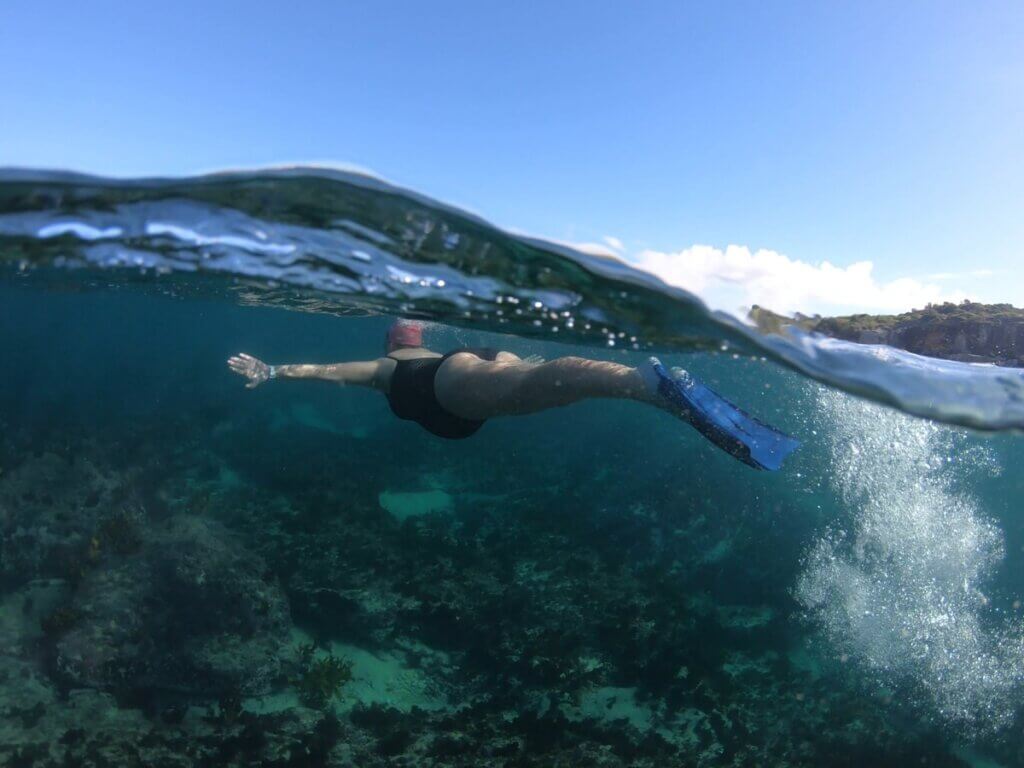Following foundation comes flexibility and flair

I have a very specific way of coaching.
My focus is on stripping deficient, ingrained techniques, and rebuilding them in small, precise increments until they are clearly understood and able to be performed correctly; meaning they’re both efficient and effective.
I ask participants to come with me ‘on the journey’, even if they could perform the technique straight from my instructions and demonstration.
In teaching this way, I initially force swimmers to do it my way; mainly because I know it works, but also because learning in this fashion will have the added benefit of educating them about how their body moves.
Inevitably, some people find parts of the techniques difficult to perform. Sometimes this is because there’s a skill deficiency in a crucial step, but most often it’s because it’s hard to break old habits when they’re ingrained in muscle memory. With practice, these can usually be overcome.
In the next step, once the foundation technique is mastered, I challenge swimmers to experiment by adding their personal touch.
This is the opportunity for the swimmer to take my structured technique and make it their own.
When sighting, this might be deciding whether you will take your breath when looking forward, or when you turn your head to the side. Or, it could be how often you sight and which side you sight on.
When surfacing from a dive, this might be choosing whether to sight as you break the water line or taking a breath to the side first.
When choosing a breathing rate, will it be every two, every three or every four? When will you vary the rate?
When diving under waves, it could be choosing whether to freestyle kick or dolphin kick.
When under the water, do you slowly exhale from the moment you submerge or do you hold your breath for a while?
You get the idea.
Because of the dynamic nature of the open water, ocean swimming has more room for your natural style than pool swimming.
You’ll feel a lot more comfortable in the ocean when you’re swimming unbound, relaxed and in a way that works for you.
Yes, you’ll need to have a solid foundation, but don’t get too caught up in having to have the ‘textbook’ technique or being perfectly similar in every execution.
Make your techniques yours, be flexible and add some flair. And when you get it wrong, and you will get it wrong, remember to get over it!






Responses